Container Squash Gardening: Imagine harvesting plump, juicy squash right from your own patio! No sprawling garden needed. For centuries, humans have cultivated squash, tracing back to ancient civilizations in the Americas where it was a dietary staple and even used for crafting tools and containers. Today, we’re bringing this tradition to your doorstep, or rather, your balcony!
Are you dreaming of fresh, homegrown vegetables but limited by space? Do you find yourself longing for the taste of vine-ripened squash without the hassle of a large garden plot? Well, you’re in the right place! This DIY guide is your ticket to successful container squash gardening, even if you’re a complete beginner.
I’m going to share simple, effective tricks and hacks that will transform your small space into a thriving squash patch. From choosing the right container and soil to mastering watering and pollination, we’ll cover everything you need to know. Get ready to enjoy the satisfaction of growing your own delicious squash, all within the comfort of your own home. Let’s get started!
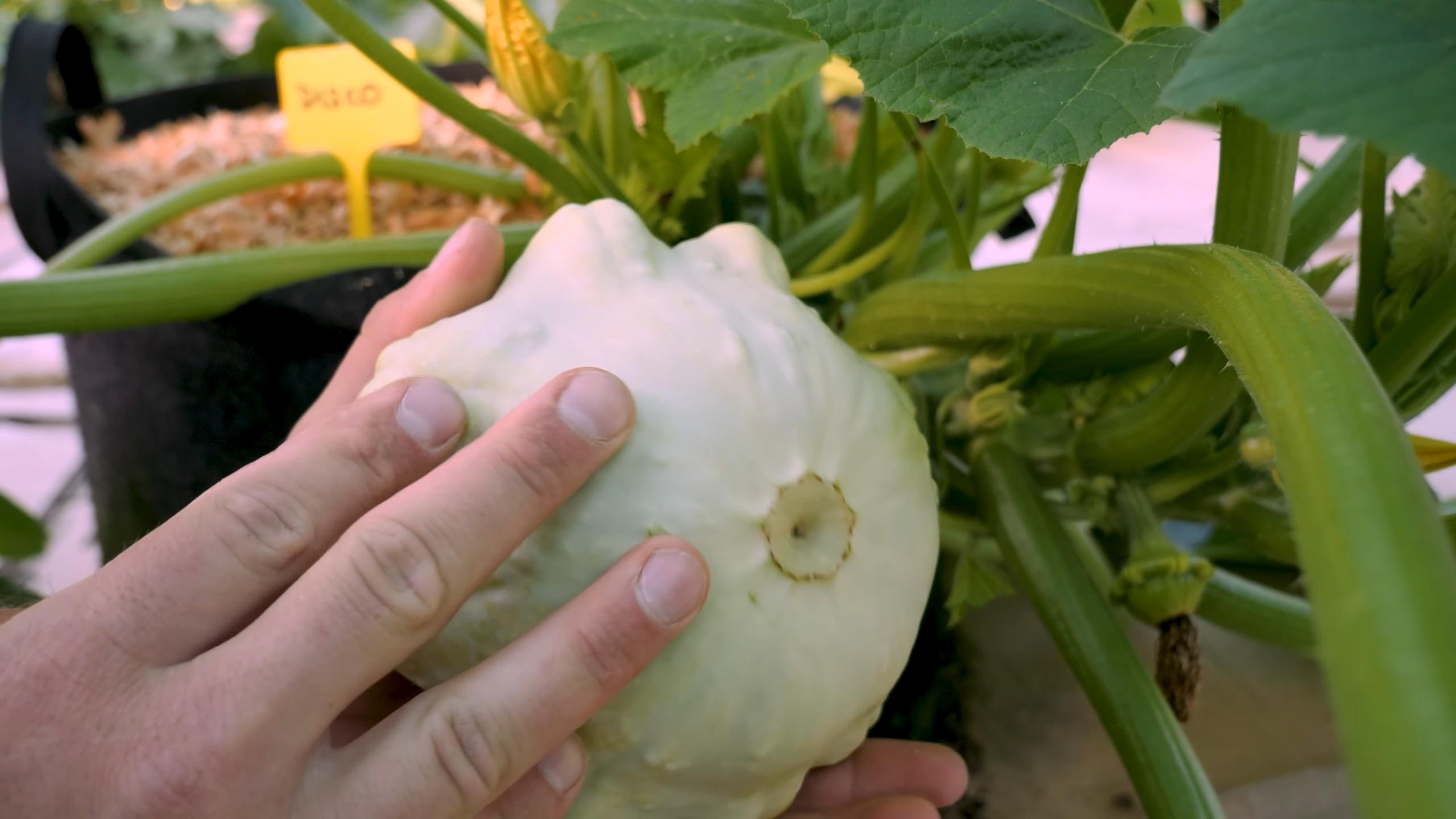
Container Squash Gardening: A Bountiful Harvest in Small Spaces
Hey there, fellow gardening enthusiasts! I’m so excited to share my secrets to growing thriving squash plants in containers. Forget needing acres of land; with a little know-how, you can enjoy fresh, homegrown squash even if you only have a balcony or patio. I’ve been container gardening for years, and squash is one of my absolute favorite things to grow. Let’s dive in!
Choosing the Right Squash Variety
First things first, not all squash varieties are created equal when it comes to container gardening. You’ll want to focus on bush varieties rather than vining types, as they take up significantly less space. Here are a few of my go-to choices:
* Bush Zucchini: These are compact and prolific producers. Black Beauty and Gold Rush are excellent options.
* Patty Pan Squash: These adorable, saucer-shaped squash are perfect for containers. Sunburst and Peter Pan are popular choices.
* Bush Butternut Squash: Waltham Butternut is a bush variety that offers the classic butternut flavor in a more manageable size.
* Spaghetti Squash (Bush Variety): Look for specifically labeled “bush” varieties of spaghetti squash to avoid sprawling vines.
Preparing Your Container and Soil
The right container and soil are crucial for success. Here’s what I recommend:
* Container Size: Choose a large container, at least 24 inches in diameter and 12 inches deep. Squash plants have extensive root systems and need plenty of room to grow. I’ve found that a 20-gallon container works wonders.
* Drainage: Make sure your container has adequate drainage holes. Squash plants don’t like sitting in soggy soil.
* Soil Mix: Use a high-quality potting mix that’s well-draining and rich in organic matter. I like to create my own mix using equal parts compost, peat moss (or coconut coir), and perlite. This provides excellent drainage, aeration, and nutrients. Avoid using garden soil, as it can become compacted in containers.
Planting Your Squash
Now for the fun part – planting!
1. Starting Seeds Indoors (Optional): You can start your squash seeds indoors about 3-4 weeks before the last expected frost. This gives them a head start. Sow the seeds about 1 inch deep in small pots filled with potting mix. Keep the soil moist and warm (around 70-80°F). Once the seedlings have a few true leaves, you can transplant them into your container.
2. Direct Sowing: If you live in a warmer climate or prefer a simpler approach, you can direct sow the seeds directly into your container after the last frost. Sow 2-3 seeds per container, about 1 inch deep. Once the seedlings emerge, thin them to the strongest one.
3. Transplanting Seedlings: If you started your seeds indoors, gently remove the seedlings from their pots and plant them in the center of your container. Make sure the top of the root ball is level with the soil surface.
4. Watering: Water thoroughly after planting. The soil should be moist but not waterlogged.
Caring for Your Container Squash
Consistent care is key to a bountiful harvest. Here’s what I do to keep my squash plants happy and healthy:
* Sunlight: Squash plants need at least 6-8 hours of direct sunlight per day. Place your container in a sunny spot where it will receive plenty of light.
* Watering: Water deeply and regularly, especially during hot, dry weather. Check the soil moisture regularly and water when the top inch feels dry to the touch. Avoid overhead watering, as this can lead to fungal diseases. I prefer to water at the base of the plant.
* Fertilizing: Squash plants are heavy feeders and need regular fertilization. Start fertilizing about 2-3 weeks after planting. Use a balanced fertilizer (e.g., 10-10-10) or a fertilizer specifically formulated for vegetables. Follow the instructions on the fertilizer label. I also like to supplement with compost tea or fish emulsion every few weeks.
* Pollination: Squash plants have separate male and female flowers. The female flowers need to be pollinated in order to produce fruit. If you’re not seeing any fruit development, you may need to hand-pollinate the flowers. To do this, use a small paintbrush to transfer pollen from the male flower to the female flower. The male flower has a long, thin stem, while the female flower has a small, immature fruit at its base.
* Pest and Disease Control: Keep an eye out for common squash pests like squash bugs, squash vine borers, and aphids. You can control these pests with insecticidal soap, neem oil, or by hand-picking them off the plants. Fungal diseases like powdery mildew can also be a problem. To prevent powdery mildew, provide good air circulation, avoid overhead watering, and apply a fungicide if necessary. I’ve had good luck with copper fungicide.
* Support: While bush varieties are more compact, they can still benefit from some support, especially when the fruits start to develop. You can use a tomato cage or a sturdy stake to support the plant and prevent the fruits from touching the ground.
Harvesting Your Squash
Harvesting time is the most rewarding part!
1. Zucchini and Patty Pan Squash: Harvest these when they are young and tender, typically when they are about 6-8 inches long. Regular harvesting encourages the plant to produce more fruit.
2. Butternut and Spaghetti Squash: Harvest these when the skin is hard and the stem is dry and brown. These squash can be stored for several months in a cool, dry place.
3. Cutting the Squash: Use a sharp knife or pruning shears to cut the squash from the plant, leaving a short stem attached.
Troubleshooting Common Problems
Even with the best care, you might encounter some challenges. Here are a few common problems and how to address them:
* Yellowing Leaves: This could be a sign of overwatering, underwatering, nutrient deficiency, or pest infestation. Check the soil moisture, fertilize the plant, and inspect for pests.
* Lack of Fruit Production: This could be due to poor pollination, lack of sunlight, or nutrient deficiency. Hand-pollinate the flowers, move the container to a sunnier location, and fertilize the plant.
* Powdery Mildew: This fungal disease appears as a white, powdery coating on the leaves. Improve air circulation, avoid overhead watering, and apply a fungicide.
* Squash Vine Borers: These pests can tunnel into the stems of squash plants, causing them to wilt and die. Look for small holes in the stems and frass (sawdust-like material) near the base of the plant. You can try to remove the borers by slitting the stem open and extracting them, or you can inject Bacillus thuringiensis (Bt) into the stem.
Extra Tips for Success
Here are a few extra tips that I’ve learned over the years:
* Companion Planting: Plant companion plants like marigolds, nasturtiums, and basil around your squash plants to deter pests and attract pollinators.
* Mulching: Apply a layer of mulch around the base of the plant to help retain moisture, suppress weeds, and regulate soil temperature.
* Rotating Crops: Avoid planting squash in the same container year after year. Rotate your crops to prevent soilborne diseases and nutrient depletion.
* Observe Your Plants: Pay close attention to your squash plants and learn to recognize the signs of stress or disease. The sooner you address any problems, the better your chances of a successful harvest.
I hope this guide has inspired you to try container squash gardening. It’s a rewarding and delicious way to enjoy fresh, homegrown produce, even in a small space. Happy gardening!
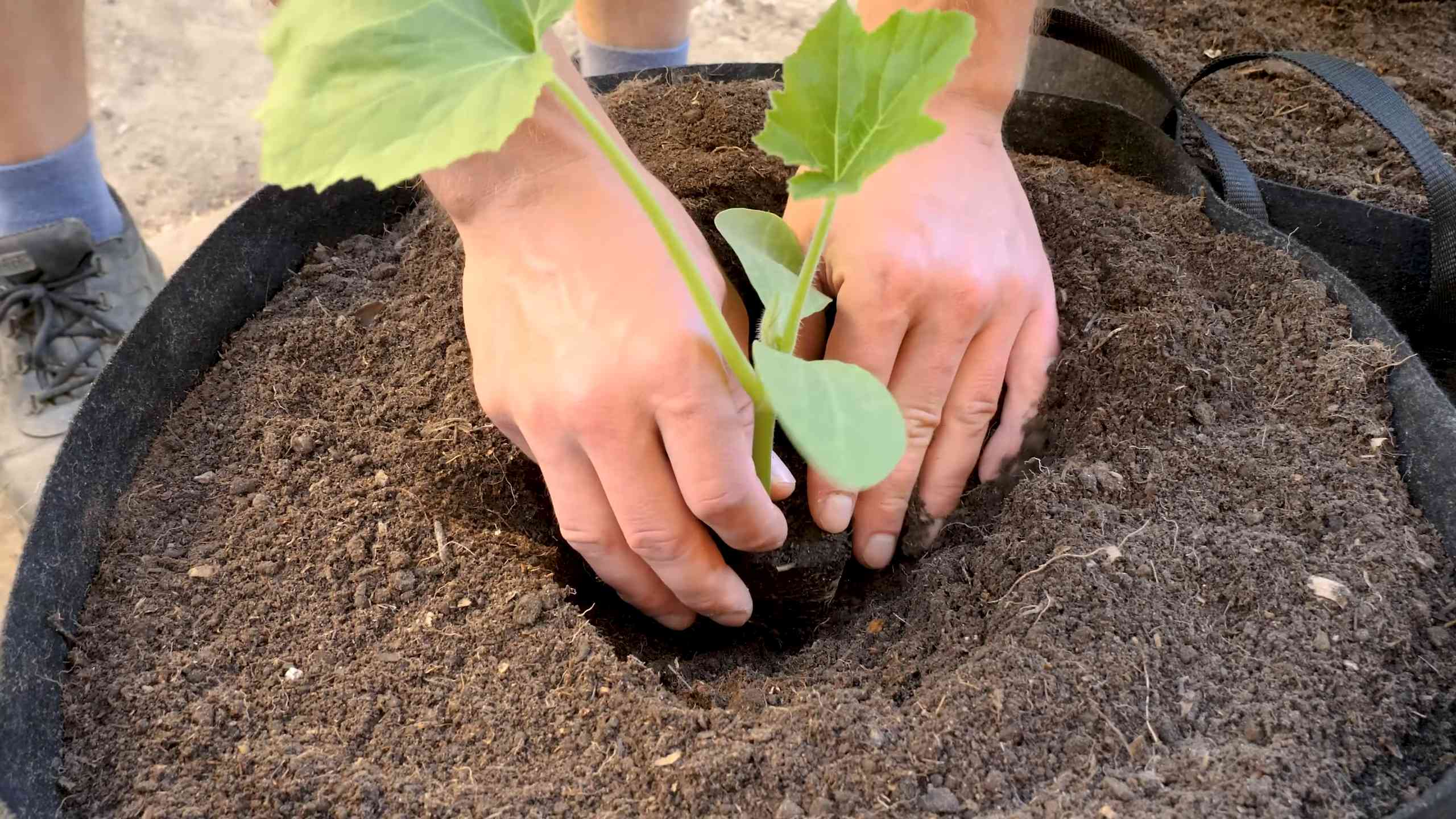
Conclusion
So, there you have it! Mastering container squash gardening is not only achievable, but it’s also incredibly rewarding. We’ve explored the ins and outs of growing these versatile vegetables in pots, from selecting the right varieties to nurturing them through their growth cycle. The benefits are undeniable: fresh, homegrown squash right at your fingertips, regardless of your yard size. Plus, the satisfaction of cultivating your own food is simply unmatched.
But why is this DIY approach a must-try? Because it democratizes gardening. It removes the barriers of large plots and extensive land, allowing anyone with a sunny balcony, patio, or even a well-lit windowsill to participate in the joy of growing their own food. It’s also a fantastic way to control the growing environment, minimizing pests and diseases that can plague in-ground gardens. Container squash gardening offers a level of precision and care that’s hard to replicate in larger settings.
Don’t be afraid to experiment! Once you’ve mastered the basics, consider exploring different squash varieties. Zucchinis and yellow squash are classic choices, but bush varieties of acorn squash or even smaller pumpkins can thrive in containers with proper support. You can also try companion planting, adding herbs like basil or marigolds to your containers to deter pests and attract pollinators. Another variation to consider is vertical gardening. Training your squash vines up a trellis or support structure not only saves space but also creates a beautiful and productive display.
Remember, the key to successful container squash gardening lies in providing the right conditions: ample sunlight, well-draining soil, consistent watering, and regular fertilization. Pay close attention to your plants, and they will reward you with a bountiful harvest.
We wholeheartedly encourage you to give this DIY trick a try. It’s a fun, educational, and ultimately delicious experience. And most importantly, don’t keep your success (or your learning experiences!) to yourself. Share your container squash gardening journey with us! Post pictures of your thriving plants, share your tips and tricks, and let us know what varieties you’re growing. Your experiences can inspire others to take the plunge and discover the joys of homegrown squash. Let’s build a community of container gardeners, sharing knowledge and celebrating the fruits (or vegetables!) of our labor. Happy gardening!
Frequently Asked Questions (FAQ)
What are the best squash varieties for container gardening?
Choosing the right variety is crucial for success. Bush varieties are generally better suited for containers than vining types, as they require less space. Some excellent choices include:
* Bush Zucchini: Compact and prolific, producing delicious zucchini in a relatively small space.
* Spaghetti Squash (Bush Delicata): A smaller version of the popular spaghetti squash, perfect for individual servings.
* Yellow Crookneck Squash: Another bush variety that produces tender, flavorful yellow squash.
* Patty Pan Squash: These unique, saucer-shaped squash are both ornamental and edible, adding visual interest to your container garden.
* Acorn Squash (Table Bush): A compact acorn squash variety that produces smaller, manageable fruits.
Always check the seed packet or plant label for information on plant size and spacing requirements.
How big of a container do I need for squash?
Squash plants need plenty of room for their roots to grow. A minimum of 15-20 gallons is recommended for most bush varieties. Larger containers, such as half whiskey barrels or large grow bags, are even better. Ensure the container has adequate drainage holes to prevent waterlogging.
What type of soil should I use for container squash gardening?
Use a high-quality potting mix that is well-draining and rich in organic matter. Avoid using garden soil, as it can become compacted in containers and hinder drainage. You can also amend your potting mix with compost or other organic materials to improve its fertility.
How much sunlight do squash plants need?
Squash plants need at least 6-8 hours of direct sunlight per day to thrive. Choose a location that receives plenty of sun throughout the day. If you live in a particularly hot climate, some afternoon shade may be beneficial to prevent the plants from overheating.
How often should I water my container squash plants?
Water your squash plants deeply and regularly, especially during hot, dry weather. Check the soil moisture regularly by sticking your finger into the soil. If the top inch or two feels dry, it’s time to water. Avoid overwatering, as this can lead to root rot.
How should I fertilize my container squash plants?
Squash plants are heavy feeders and require regular fertilization. Use a balanced fertilizer, such as a 10-10-10 or 5-5-5, according to the package directions. You can also use organic fertilizers, such as compost tea or fish emulsion. Fertilize your plants every 2-3 weeks throughout the growing season.
How do I deal with pests and diseases in my container squash garden?
Monitor your plants regularly for signs of pests or diseases. Common squash pests include squash bugs, squash vine borers, and aphids. Diseases can include powdery mildew and squash mosaic virus. Use organic pest control methods, such as insecticidal soap or neem oil, to control pests. Ensure good air circulation around your plants to prevent diseases. Remove any infected leaves or plants promptly to prevent the spread of disease.
How do I pollinate my squash flowers?
Squash plants have separate male and female flowers. Pollination is necessary for fruit to develop. If you’re not seeing fruit set, you may need to hand-pollinate the flowers. To do this, use a small paintbrush to transfer pollen from the male flower to the female flower. The male flower has a long, thin stem, while the female flower has a small, immature fruit at the base.
When is the best time to harvest my squash?
The harvesting time depends on the variety of squash you’re growing. Zucchinis and yellow squash are typically harvested when they are young and tender, about 6-8 inches long. Acorn squash and other winter squash varieties are harvested when they are fully mature and the skin is hard. Check the seed packet or plant label for specific harvesting instructions.
Can I grow squash in containers indoors?
While it’s possible to grow squash indoors, it can be challenging. Squash plants require a lot of sunlight, so you’ll need to provide supplemental lighting. You’ll also need to ensure adequate pollination. Dwarf or bush varieties are more suitable for indoor growing.

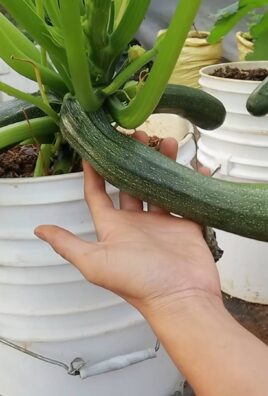
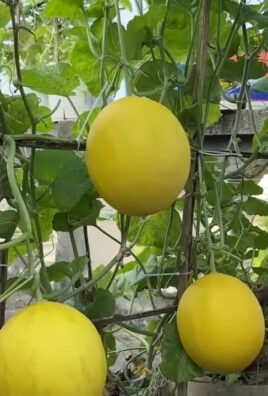
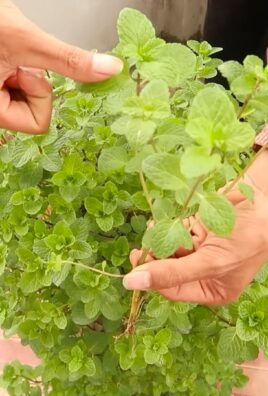
Leave a Comment